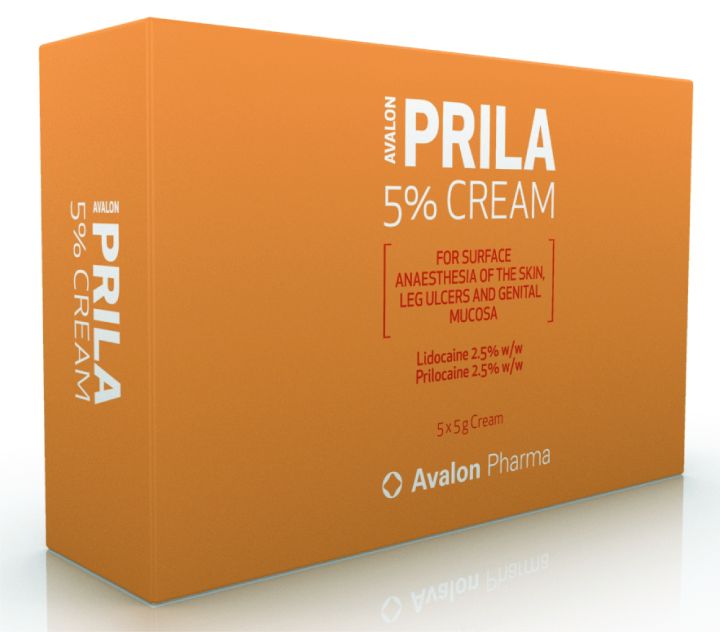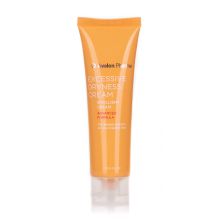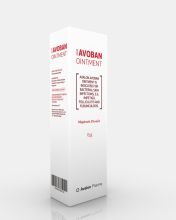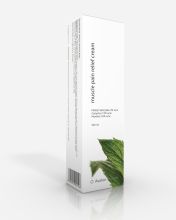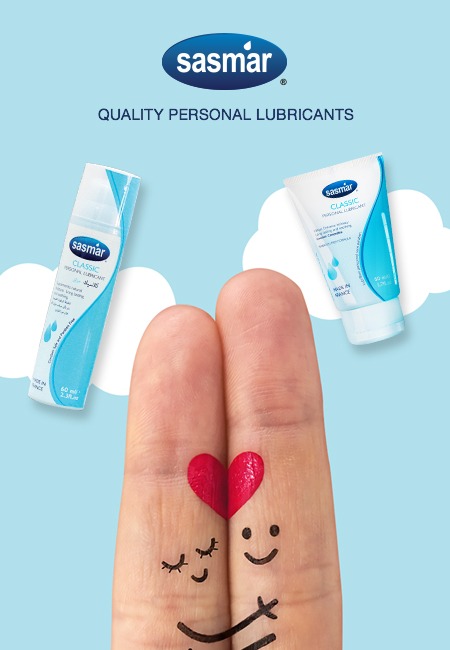Avalon Prila 5% Cream 5 X 5 G
Avalon prila 5% cream 5X5G, or known as Lidocaine/Prilocaine is used on the skin or in the genital area and belongs to local anesthetics.
What is avalon prila 5 cream?
Avalon prila 5 cream is a local anesthesia and pain relief.
Avalon prila 5 cream uses
Lidocaine/Prilocaine medication is a topical cream used on the skin or in the genital area and belongs to local anesthetics.
some uses include
anesthesia of the skin in connection with:
- needle insertion, e.g. intravenous catheters or blood sampling;
- superficial surgical procedures;
- in adults and in the pediatric population.
How To Use
Apply according to the procedures you are going to do, usually from 30-60 minutes before the procedure.
Minor procedures, e.g. needle insertion and surgical treatment of localized lesions: 2 g (approx half a 5 g tube) or approx. 1.5 g/10 cm2 for 1 to 5 hours.
for children under 12
- Newborn infants and infants 0-2 months: up to 1 g and 10 cm2 for one hour
- Infants 3-11 months: up to 2 g and 20 cm2 for one hour
- Toddlers and children 1-5 years: up to 10 g and 100 cm2 for 1-5 hours
- Children 6-11 years: up to 20 g and 200 cm2 for 1-5 hours
- Pediatric patients with atopic dermatitis: application time: 30 minutes
How to store Lidocaine/Prilocaine
- Keep this medicine out of the sight and reach of children.
- Do not store above 30°C and do not freeze.
- Do not use this medicine after the expiry date which is stated on the package and tube after ‘EXP:’.
- Do not throw away any medicines via wastewater or household waste.
Possible side effects
1.Common side effects
- paleness, redness, swelling in the treated area during treatment of skin.
- An initially mild sensation of burning, itching or warmth at the treated area during treatment.
2.Uncommon side effects
- mild sensation of burning, itching or warmth at the treated area during treatment.
- Numbness (tingling).
- Irritation of the treated area.
3.Rare side effects
- Methemoglobinemia
- Hypersensitivity
- Corneal irritation
- Purpura, Petechiae
Pregnancy and breastfeeding:
If you are pregnant or breastfeeding, ask your doctor or pharmacist for advice before using this medicine. Occasional use of Lidocaine/Prilocaine during pregnancy is unlikely to have any adverse effects on the fetus.
warnings
- Talk to your doctor or pharmacist before using Lidocaine/Prilocaine.
- if you or your child have ‘glucose-6- phosphate dehydrogenase deficiency’.
- if you or your child have “methemoglobinemia”.
- If you or your child have atopic dermatitis, a shorter application time may be sufficient.
- Application times of longer than 30 minutes may cause a reaction.
- if you take particular products for heart rhythm disorders (class III antiarrhythmics, such as amiodarone). In that case the doctor will monitor your heart function. Do not use Lidocaine/Prilocaine on areas with skin rash, cuts, grazes or other open wounds, with the exception of a leg ulcer. If any of these problems are present, check with your doctor, pharmacist or nurse before using the cream.
- Lidocaine/Prilocaine should not be used in newborn infants/infants up to 12 months of age receiving concomitant treatment with methemoglobin-inducing agents.
- in preterm newborn infants with a gestational age less than 37 weeks as they are at risk of developing increased methemoglobin levels.
- Safety and efficacy for the use of Lidocaine/Prilocaine on genital skin and genital mucosa have not been established in children younger than 12 years.
Barcode


